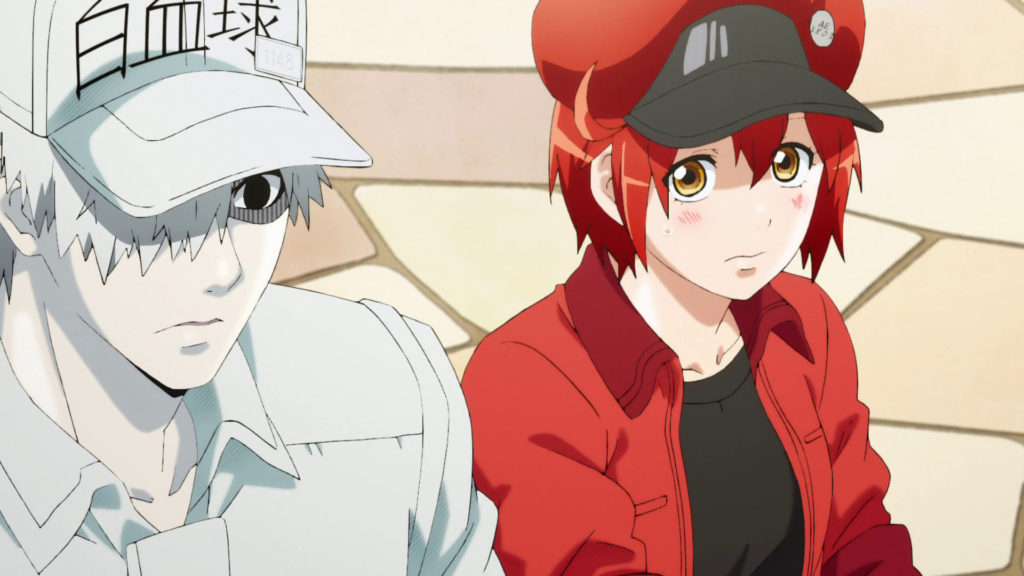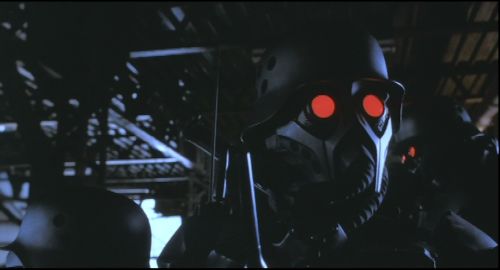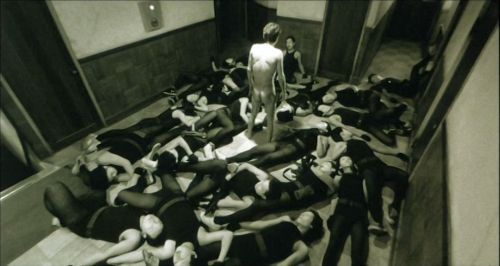Eizouken takes us on a journey of inspiration…and cash
by Punch Rockgroin
Back in 2014, Shiro Bako gave us a taste of what it takes to produce an anime in the modern day. These were the more technical aspects, such as the steps in animation, getting the voice work recorded and the humps encountered along the way. It showed a bit of the inspiration of what drove the animators into their profession, but these inspirations tended to come from series in their childhood more than anything else. Keep Your Hands Off Eizouken! shows a bit of that, but also shows the creativity that can be derived from the everyday, and what drives them to complete their vision.
The series follows a trio high schoolers (duh) looking to get into animating. Well, two of them are there to animate, while the third sees an opportunity to make some money. Midori Asakusa is seemingly the head, who directs the animation and comes up with the ideas. Her friend (referred to as “comrade”) Sayaka Kanamori isn’t much for watching anime, but can’t resist a great plan for making money, and is generally tasked with maintaining both cash flow and keeping the animators on schedule. Completing the trio is Tsubame Misuzaki, a famous amateur model who is fascinated with movement and would rather be an animator than an actor like her parents.
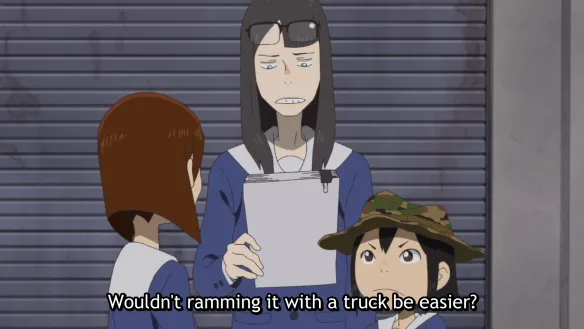
Tsubame is forbidden by her parents from joining the school’s anime club, so after running into Asakusa and Kanamori and finding their shared interests, they instead form the Eizouken (film club) to get around this quandary. From there, the only way is up, with the occasional meddling from the student council, and Kanamori making sure the animators are staying on task.
Throughout the show, we are treated to Asakusa’s thought process on creating a world and a story, while relying on the real world for ideas. There are times when I have to wonder if today’s animators are more inspired by the anime they watched growing up than the world around them, but this gives me some hope that there are those out there that utilize everyday life to create something other-worldly. Even Misuzaki, who is enthralled with motion, especially drives this point home: She watches people and their movements, and will take even mundane things like tea thrown from a cup to make more believable motion. Some of the backgrounds have a nice “lived-in” feel, looking appropriately dirty in their detail. On top of all this is Kanamori, butting heads with school faculty and other clubs just to get more money.
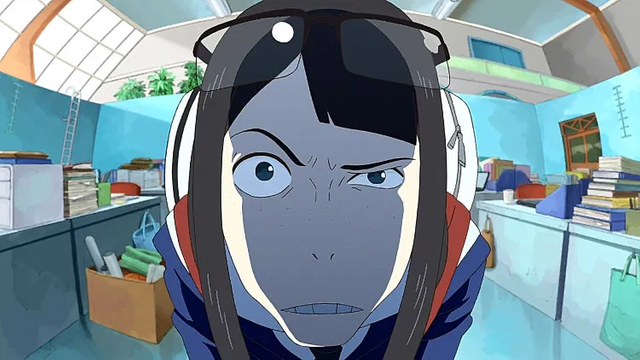
Eizouken is a fun watch from start to finish. The process of inspiration, to hard work, obstacles and finally fruition for all of their projects is a treat, to both the eyes and the heart. It is not a thought-provoking series, but could at least serve as a way to inspire and guide those who also seek to bring their ideas into reality. All it takes is dedication to your vision…and someone who will keep the money flowing.
FUCK YEAH, Look It Up!
Keep Your Hands Off Eizouken!
Based on the manga by Sumito Owara
Directed by Masaaki Yuasa
Animated by Science Saru
Licensed by Crunchyroll

